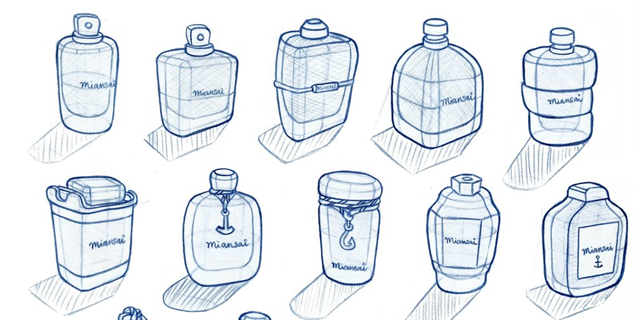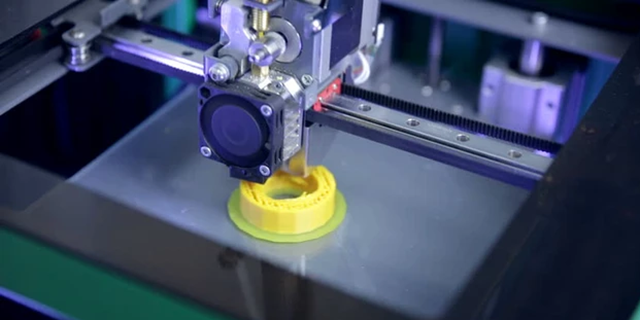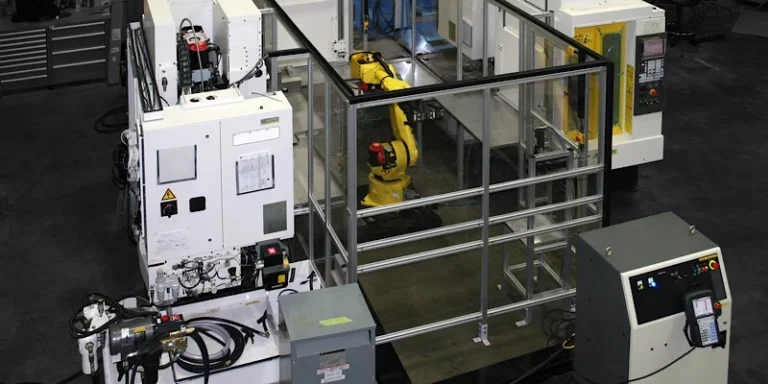When we hear the term “prototype,” we often envision a complex device that might still have some rough edges and is the first and only one of its kind. Prototypes are typically associated with industrial machines and mechanisms. However, prototyping is utilized in every industry, including cosmetics.
Let’s explore some practical insights into cosmetic prototypes.
The Industry Of Cosmetics
The cosmetics industry is rapidly evolving, with around 300,000 new products being developed each year. Not long ago, this industry was dominated by a few large corporations that had the resources to manufacture synthetic and rare ingredients. However, the rise of eco-friendly, natural cosmetic trends has transformed the landscape. Many organic ingredients can be sourced without complex equipment, leading to the emergence of numerous smaller, local companies offering natural, homemade products.
Allergic reactions to certain ingredients are a common concern, prompting the USDA National Organic Program to establish guidelines regulating the composition and use of synthetic ingredients in cosmetics. Manufacturers must consider both the effects of their products and the ingredients they use. According to the USDA, cosmetics are categorized into four groups:
- 100% Organic: All ingredients must be natural. These products are the most challenging to produce due to the faster spoilage of natural ingredients, but they are currently the most expensive and successful in the market.
- Organic: At least 95% of the ingredients are natural. These products often contain a small percentage of non-organic elements that lack natural alternatives but remain highly effective and viable.
- Made with Over 70% Organic Ingredients: These products contain three types of ingredients and occupy a middle market position. They are well-regarded and fetch a good price but do not compete with the market leaders.
- Made with Less Than 70% Organic Ingredients: These are the cheapest and mostly synthetic products. Typically produced by companies with extensive conventional equipment, these products maintain their price due to brand recognition and high sales volumes.
The Importance Of Cosmetic Prototyping
It stands to reason that every cosmetic product has the potential to be harmful. Most cosmetics come into direct contact with our skin, and some even with our eyes and hair. Therefore, strict standards have been established for the certification of these products. To obtain certification, a series of rigorous tests must be conducted.

First and foremost, chemical tests are conducted to determine whether the product reacts unexpectedly with common elements such as water or heat. There have been instances where a cream or shampoo has become unexpectedly toxic when interacting with another cosmetic mixture. Each product must be tested to ensure it reacts safely with human skin and other elements, avoiding any potential danger to users. Allergic reactions are also a critical consideration. If any active ingredients that could induce allergic reactions are present, they must either be replaced or clearly listed on the product’s label. At this stage, an initial prototype is created, and the final composition is determined.
Next, laboratory tests assess the actual performance of the product. Typically, a new formulation is compared to an existing benchmark product to evaluate its effectiveness and identify the standards it must meet. During this phase, a pre-production prototype is essential.
Finally, the product undergoes real-life experimental testing, where it is distributed to a group of people who use it in their daily routines and provide feedback on its efficiency. Previously, such tests were conducted on animals, but this practice has been widely condemned since the early 20th century and is now illegal in many countries.
Manufacturing Cosmetic Prototypes
Manufacturing cosmetic prototypes is mainly a chemical process and it involves a number of stages.

Firstly, when the concept of a product is conceived, an initial prototype is created by the developer. This prototype may lack some necessary ingredients (such as preservatives) and might not have the final texture and appearance, but it should function in the same way as the intended end product.
Next, a pre-production prototype must be manufactured, typically requiring specific laboratory conditions. Modern laboratories often use a special mixer where ingredients are combined while air is removed from the container to prevent unwanted chemical reactions and air bubbles. The mixture is frequently heated to boiling temperatures; for instance, toothpaste and shampoos are usually heated to around 70°C.
After mixing, the new product must remain in the vacuum chamber for a period, with the entire process taking between 2 to 6 hours. One drawback is that a significant quantity of the product is produced, as it’s not feasible to make less than the minimum required by the vacuum chamber.
The final testing stage involves producing a considerably larger batch of cosmetics. While the mixing process remains largely the same, this stage also includes packaging, adding complexity to the manufacturing chain. If the tests are successful, the packaging design is finalized. Sometimes, prototypes distributed for testing are already in their final packaging, meaning that press forms and other tooling have been created. This initial production run carries all the initial investment costs. If the product fails at this stage, the manufacturer faces substantial losses.
Conclusion
Cosmetic prototyping is a rapidly evolving industry, with hundreds of thousands of new products being developed each year. Due to the potential risks to human health, this industry is heavily regulated. The certification process for cosmetics is quite stringent, akin to medical certification, and involves three stages: initial testing, lab testing, and real-life testing. From the very first tests, each stage requires prototypes, with the final stage essentially demanding the creation of the actual product. Therefore, rapid prototyping is crucial in this industry.
With this knowledge, you now have a comprehensive understanding of the importance of rapid prototyping in cosmetics. AS Prototypes has previously undertaken projects involving perfume bottles, showcasing our expertise in this area. If you are interested in learning more, feel free to contact us.





